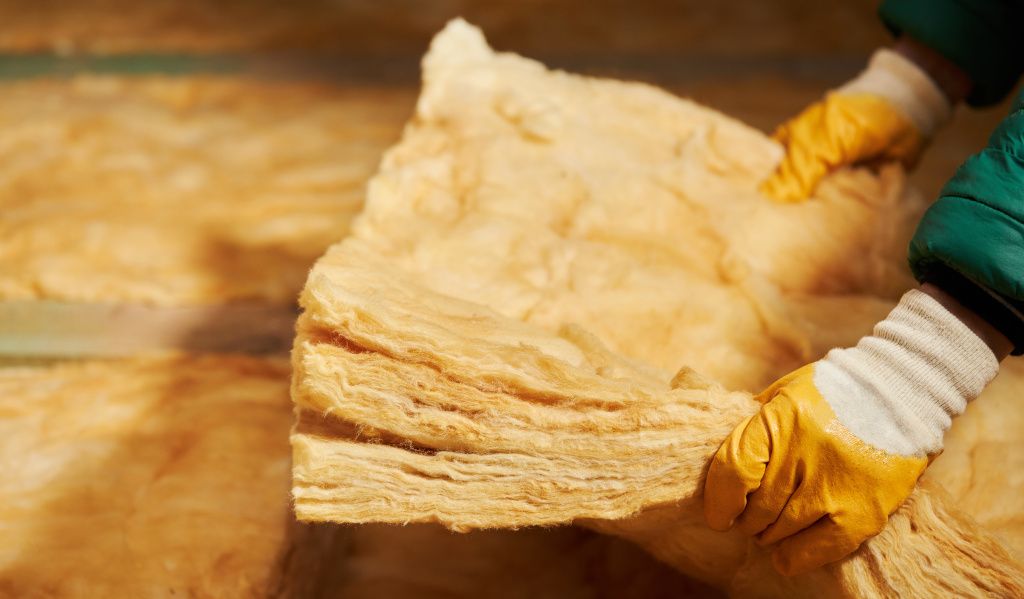Dampness in our homes can be more than just an aesthetic concern; it can have a profound impact on our health and overall wellbeing. In this blog post, we’ll delve into the various aspects of damp and how it affects our physical and mental health. Understanding the potential health risks associated with damp is crucial, as it can help you take preventive measures to create a healthier living environment.
The Types of Damp

Dampness in homes comes in various forms, and each type has its unique characteristics. The most common types include rising damp, condensation, and penetrating damp.
Rising Damp:
This occurs when groundwater rises through the walls and floors. It often results from a lack of, or failure in, damp-proof courses. Signs of rising damp include discoloured, damp patches on walls, and damaged skirting boards.
Condensation:
Condensation forms when warm, moist air meets cooler surfaces, leading to water droplets. It often occurs in kitchens and bathrooms, and it can cause mould and mildew growth if not adequately managed.
Penetrating Damp:
This is caused by water penetrating through walls and roofs due to issues like leaks or damaged brickwork. It often presents as damp patches on walls and ceilings and can be a result of structural issues.
Health Risks Associated with Damp

Living in a damp environment can lead to a range of health problems. The most common health risks associated with damp include:
Respiratory Problems:
Damp environments can exacerbate respiratory conditions such as asthma and bronchitis. The presence of mould spores and allergens can trigger or worsen these conditions, leading to increased coughing and difficulty breathing.
Allergies:
Dampness provides an ideal breeding ground for dust mites, mould, and other allergens. Individuals living in damp conditions are more likely to develop allergies, which can manifest as sneezing, runny nose, and itchy eyes.
Skin Conditions:
Prolonged exposure to damp conditions can also result in skin issues, such as eczema and dermatitis. Damp environments can make existing skin conditions worse, leading to discomfort and irritation.
The Link Between Damp and Allergies

Damp environments are notorious for fostering allergens that can trigger allergic reactions. Dust mites, for example, thrive in humid conditions. When inhaled or touched, their particles can cause allergic symptoms like sneezing, itching, and a runny or stuffy nose. Similarly, mould spores can become airborne and cause respiratory issues and skin irritation in sensitive individuals.
Respiratory Problems and Damp
Damp and mould not only exacerbate existing respiratory conditions but can also lead to the development of new ones. The presence of mould in indoor environments can release mycotoxins, which can be harmful when inhaled. This can lead to a range of respiratory problems, from persistent coughing and wheezing to more severe conditions.
Studies have shown a clear link between damp homes and respiratory health. For example, a study published in the journal “Environmental Health Perspectives” found that children living in damp or mouldy homes had a higher risk of developing asthma. Another study in the “International Journal of Environmental Research and Public Health” linked indoor dampness to a higher prevalence of respiratory symptoms in adults.
Mental Health and Damp
While the physical health implications of damp are well-documented, its impact on mental health is often overlooked. Living in a damp, uncomfortable, and potentially hazardous environment can be stressful and anxiety-inducing. The financial burden of addressing damp issues can also lead to worry and uncertainty.
The stress of dealing with damp problems, including the need for costly repairs, can take a toll on mental wellbeing. This is particularly true for individuals with limited resources who may struggle to maintain their homes in damp-free conditions.
Damp Prevention and Mitigation

Preventing damp and its associated health risks should be a priority for every homeowner. Here are some practical tips to keep your home dry and healthy:
Proper Ventilation:
Ensure good air circulation in your home by using exhaust fans in kitchens and bathrooms. Opening windows regularly can also help reduce humidity levels.
Insulation:
Adequate insulation can prevent condensation by keeping the interior temperature consistent. It’s particularly important in cold climates.
Regular Maintenance:
Address any leaks, cracks, or structural issues promptly to prevent penetrating damp. Regular inspections can catch problems early.
Conclusion:
Dampness in our homes is not just an inconvenience; it poses significant health and wellbeing risks. Respiratory problems, allergies, and even mental health issues can result from prolonged exposure to damp conditions. Recognising the signs and taking preventive measures is crucial for creating a healthier living environment. Remember, a dry home is a healthier home.
Contact one of our professional damp proof experts in Manchester today
Additional Resources:
For more information and assistance with damp issues, you can visit the following resources:


